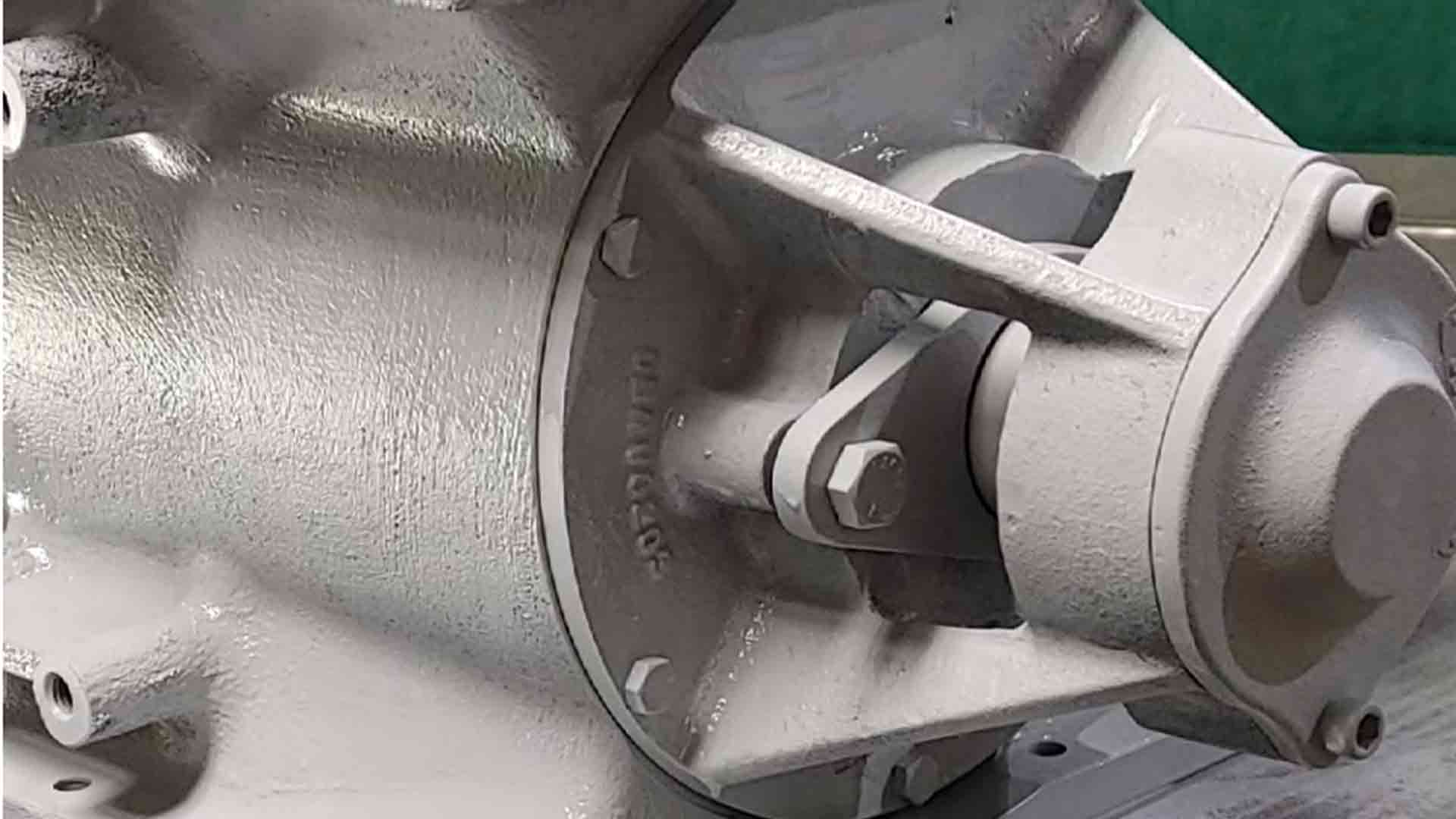Airlock valves are an essential component of material handling systems, as they control the flow of material in and out of the system. Installing and integrating airlock valves into material handling systems can be a complex process, but following the right best practices can help ensure a successful installation. In this article, we will discuss the best practices for installing and integrating airlock valves in material handling systems. We will look at the basic components of an airlock valve, the importance of proper alignment, and the best methods for proper installation and integration. We will also discuss the importance of maintenance and the potential problems that can arise from improper installation and integration. By following the best practices outlined in this article, you can ensure that your airlock valves are installed and integrated correctly.
Basic components of an airlock valve
The basic components of an airlock valve include a housing, a valve body, a valve stem, a valve seat, and a sealing gasket.
The housing of the airlock valve encloses all of its internal components. It is typically constructed from metal, such as aluminum, steel, or stainless steel. It may also be made from plastic or other materials depending on the application.
The valve body is the main component of the airlock valve. It is the part that connects the housing to the valve stem and controls the flow of gas or liquid through the system. The valve body is typically made from brass, stainless steel, or other materials depending on the application.
The valve stem is a rod that connects the valve body to the valve seat. It is typically made from stainless steel or another metal depending on the application. It is responsible for controlling the flow of gas or liquid through the system.
The valve seat is a circular surface that the valve stem rests against. It is typically made from brass, stainless steel, or another material depending on the application. It is responsible for sealing the airlock valve, preventing the gas or liquid from escaping.
At last, it is the sealing gasket, a rubber or plastic component that is used to create a seal between the valve body and the valve seat. The gasket is responsible for preventing gas or liquid from escaping from the airlock valve. The gasket is typically made from rubber or plastic and is designed to be replaceable.
The Importance of proper alignment
The primary purpose of these bulk material handling valves is to keep the two isolated chambers from being exposed to the same air pressure. If the airlock valve is not properly aligned, it can cause the pressure in one chamber to exceed the pressure in the other, leading to a potential safety hazard. Improper alignment can also cause an imbalance in the flow of air, gas, or liquid, leading to efficiency issues or even an increase in wear and tear on the valve itself.
The importance of proper alignment of an airlock valve cannot be overstated. In most cases, misalignment can lead to safety issues, efficiency problems, and an increase in wear and tear on the valve. Therefore, it is essential that the valve be inspected regularly and that any misalignment be corrected immediately. By following the steps outlined above, you can ensure that your airlock valve is properly aligned and functioning safely and efficiently.
Best practices
Installing and integrating airlock valves in material handling systems is essential to maintain the efficiency of the system and ensure the safety of personnel and equipment. Airlock valves are used to control the flow of material in and out of the system and are essential for controlling the air pressure balance between the two sides. The following are some of the best practices for installing and integrating airlock valves in material handling systems.
- Measure the Size of the Airlock Valve: Before installing an airlock valve, it is important to measure the size of the valve to ensure the correct fit. This will help prevent any problems with the flow of material through the valve.
- Calculate the Pressure Differential: The pressure differential is the difference between the pressure of the material entering the system and the pressure of the material exiting the system. This is an important factor to consider when installing an airlock valve as it will determine the size and type of valve that should be used.
- Select the Appropriate Valve: Once the size and pressure differential has been determined, the appropriate type of airlock valve should be selected. The type of valve will depend on the material being handled and the size of the system. Commonly used valves include rotary, butterfly, and slide valves.
- Install the Airlock Valve: After selecting the right type of valve, it is important to install the valve correctly. This includes ensuring that the valve is securely attached to the system and that all seals and connections are tight.
- Check for Leaks: Once the airlock valve has been installed, it is important to check for any leaks or blockages that could affect the flow of material with a pressure gauge.
- Integrate the Airlock Valve into the System: Finally, the airlock valve should be integrated into the material handling system. This includes connecting the valve to the appropriate pipes, ducts, and other components in the system.
Conclusion
Airlock valves help to reduce the amount of dust and other contaminants that can enter the system, while also ensuring that the material is properly fed and discharged. Installing and integrating airlock valves properly is essential for ensuring that the system runs smoothly and efficiently. By following the best practices outlined in this article, businesses can ensure that their airlock valves are installed and integrated properly and that their material handling systems run as efficiently as possible.



